Rublev’s Ultimate Gamble: Breaking Through the Top 20 Barrier or Being Drowned by the Younger Generation?
Rublev ended the China season with three consecutive singles losses. At the Shanghai Masters press conference, surprisingly,his brow was not furrowed as it often was. The Rublev who once angrily smashed rackets and shouted while battling himself now displayed a peculiar calmness, which was not giving up but a determined clarity after seeing the truth."My tennis ability has hit a ceiling, that’s the fact." His voice was soft but struck like a heavy hammer.
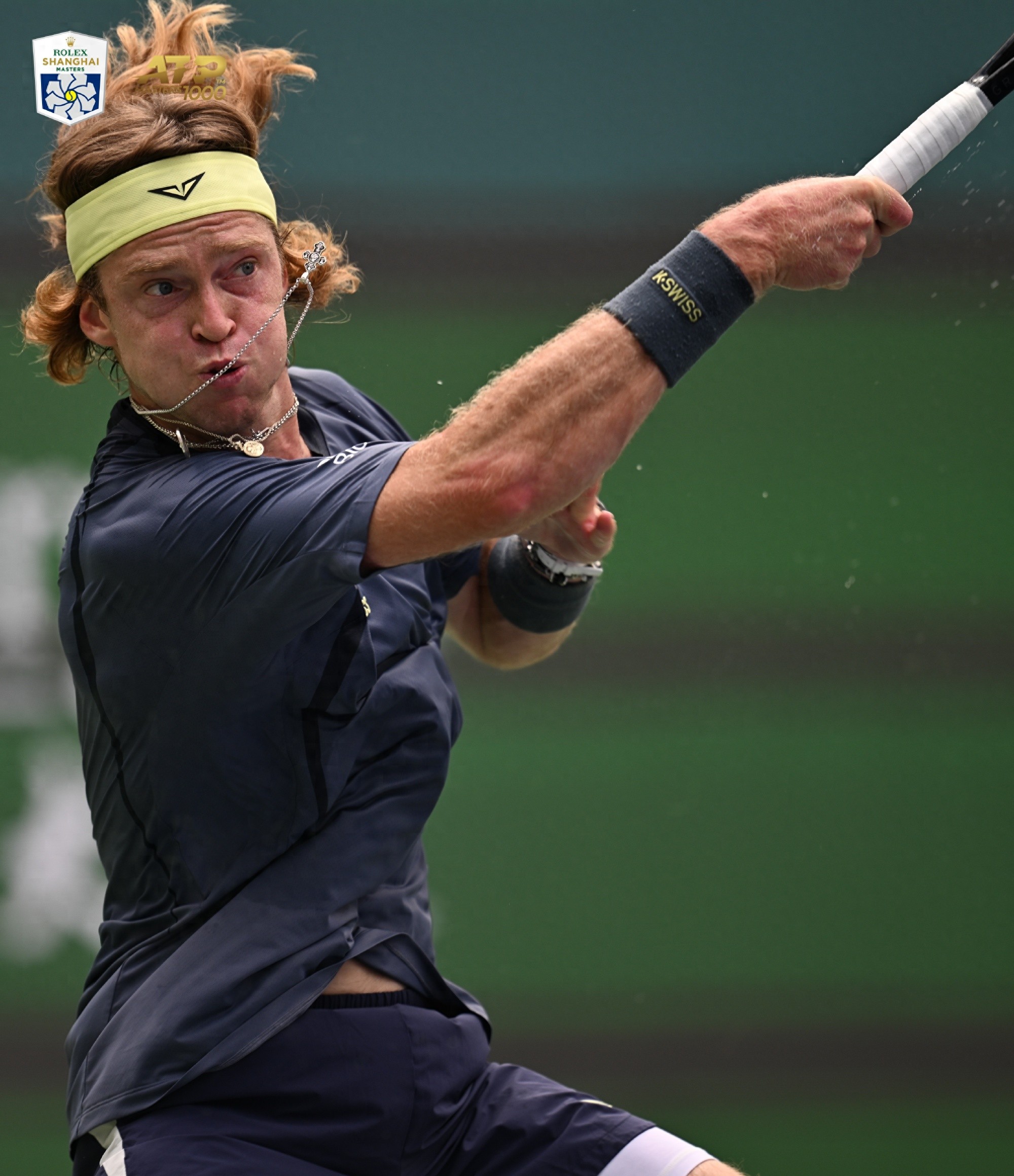
Rublev’s frankness was startling. In an interview segment filled with clichés like "I will try harder in the next match," he openly admitted the harsh truth of his career—that he had reached an invisible ceiling."Either I stay stuck around the top 20 and watch as younger players gradually push me down, or I try to completely change everything." This wasn’t a momentary frustration but a sober diagnosis after long suffering.
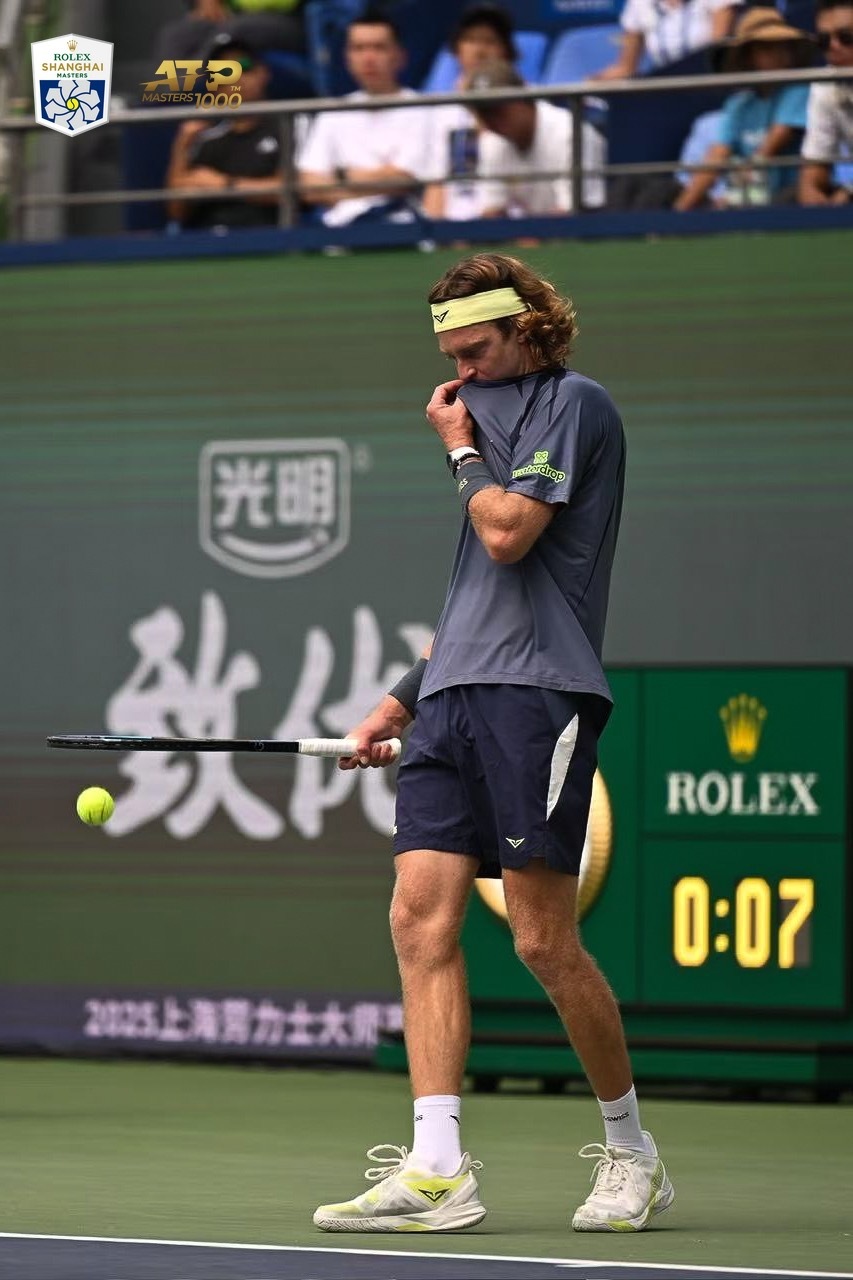
Fans have long noticed his recent changes. The volatile powder keg seems to have vanished, replaced by a more introspective, even somewhat Zen player. This interview perfectly illustrates that transformation: when one sees their limits, the anger born of helplessness turns into calm acceptance.When asked about the specific direction of change, Rublev’s answer was concise and powerful: "Everything, just like Sinner and Alcaraz are doing."This might be the harshest reality in professional tennis. Rublev, who turns 28 on October 20, once ranked as high as fifth in the world with 17 ATP titles, now looks to younger players for clues on how to break through.
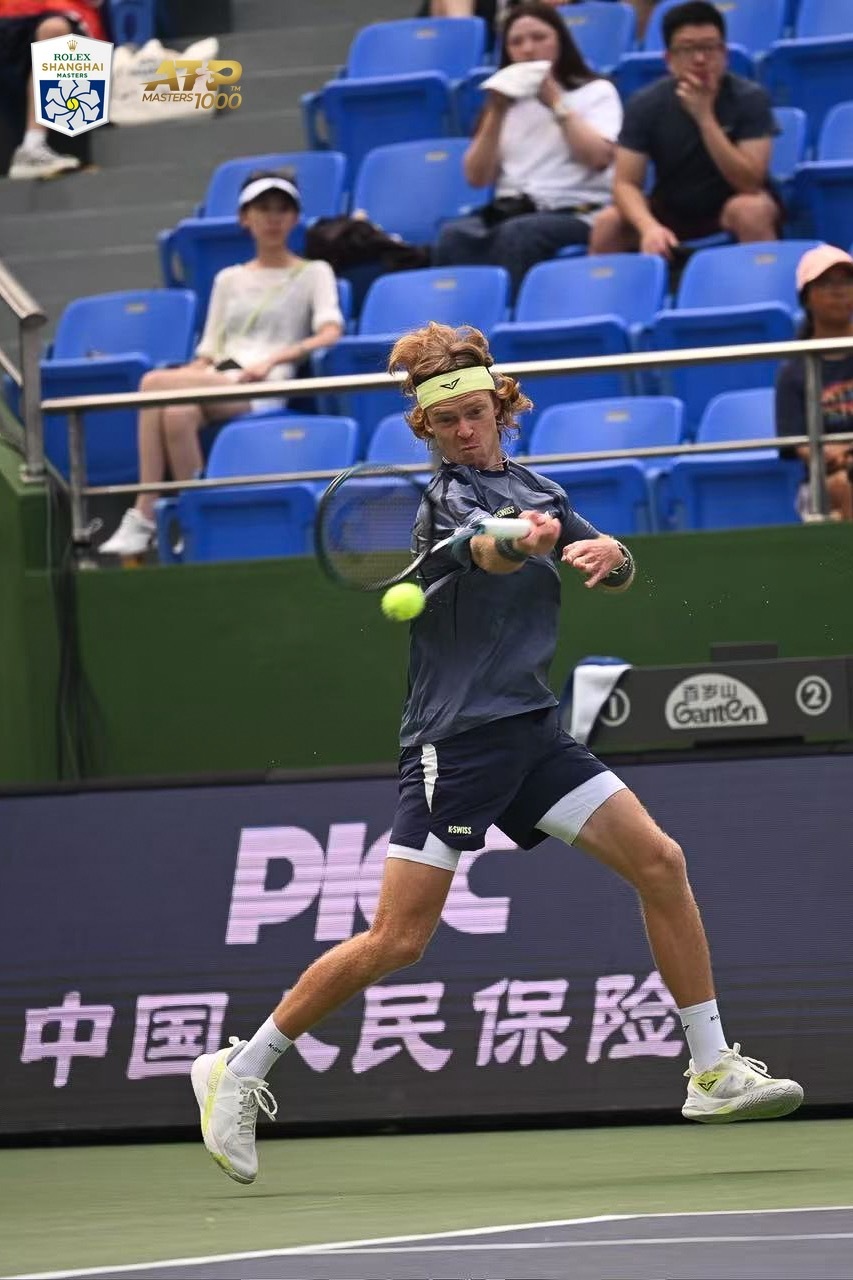
Sinner’s evolution from excellent to outstanding, Alcaraz’s creatively evolving style—these young talents have not only reshaped the tennis landscape but redefined the growth path of top players. Their success proves that staying in the comfort zone today only leads to gradual decline.Rublev has recognized this. His predicament is not unique. After Djokovic, Nadal, and Federer dominated for over a decade, a group of "middle generation" players collectively face similar struggles. They are good enough to stay consistently in the top 20 but cannot break through the thin barrier separating greatness from excellence.
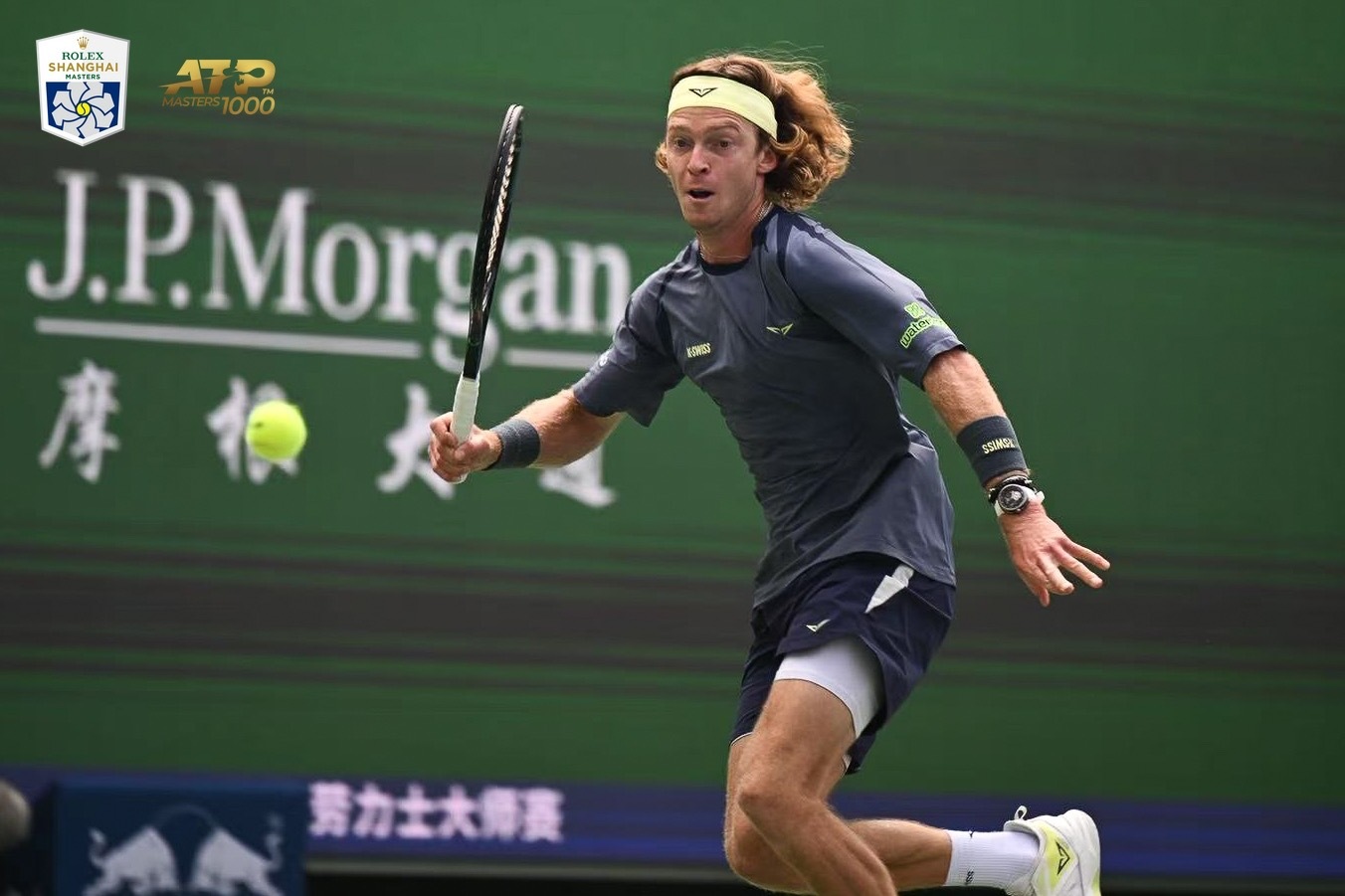
Rublev mentioned he might "watch more of their matches," but real transformation requires a far deeper overhaul than just video analysis. This raises the key question: could Safin be the right guide?On the surface, Safin and Rublev share striking similarities: both known for fiery tempers, strong baseline power, and coming from Russia’s tough tennis tradition. But Safin’s career proved a trait Rublev lacks—the ability to break through at Grand Slams, his extreme emotional swings balanced by intense focus.
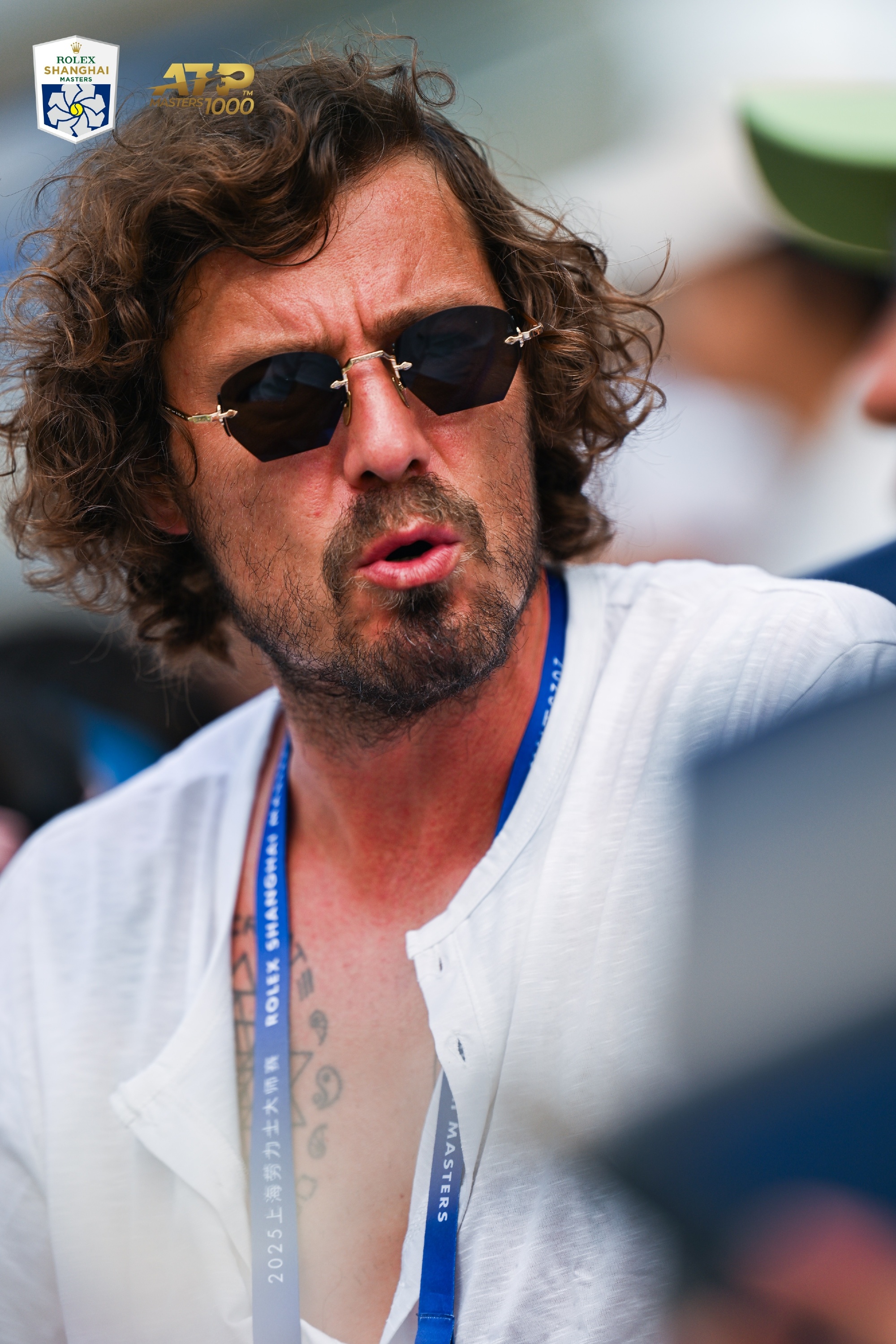
More importantly, as a former world No. 1 and Grand Slam champion, Safin truly understands what a top mindset means. He knows how to convert talent into major achievements and the mental adjustments needed at crucial moments. This is exactly what Rublev most lacks. His dismal 0-9 record in Grand Slam quarterfinals reveals not only technical flaws but a mental bottleneck at key times.However, risks exist. Safin’s coaching experience is relatively limited. Is his coaching style suitable for Rublev? Completely changing everything could mean losing current stability, and for a 28-year-old player, this is a real gamble.
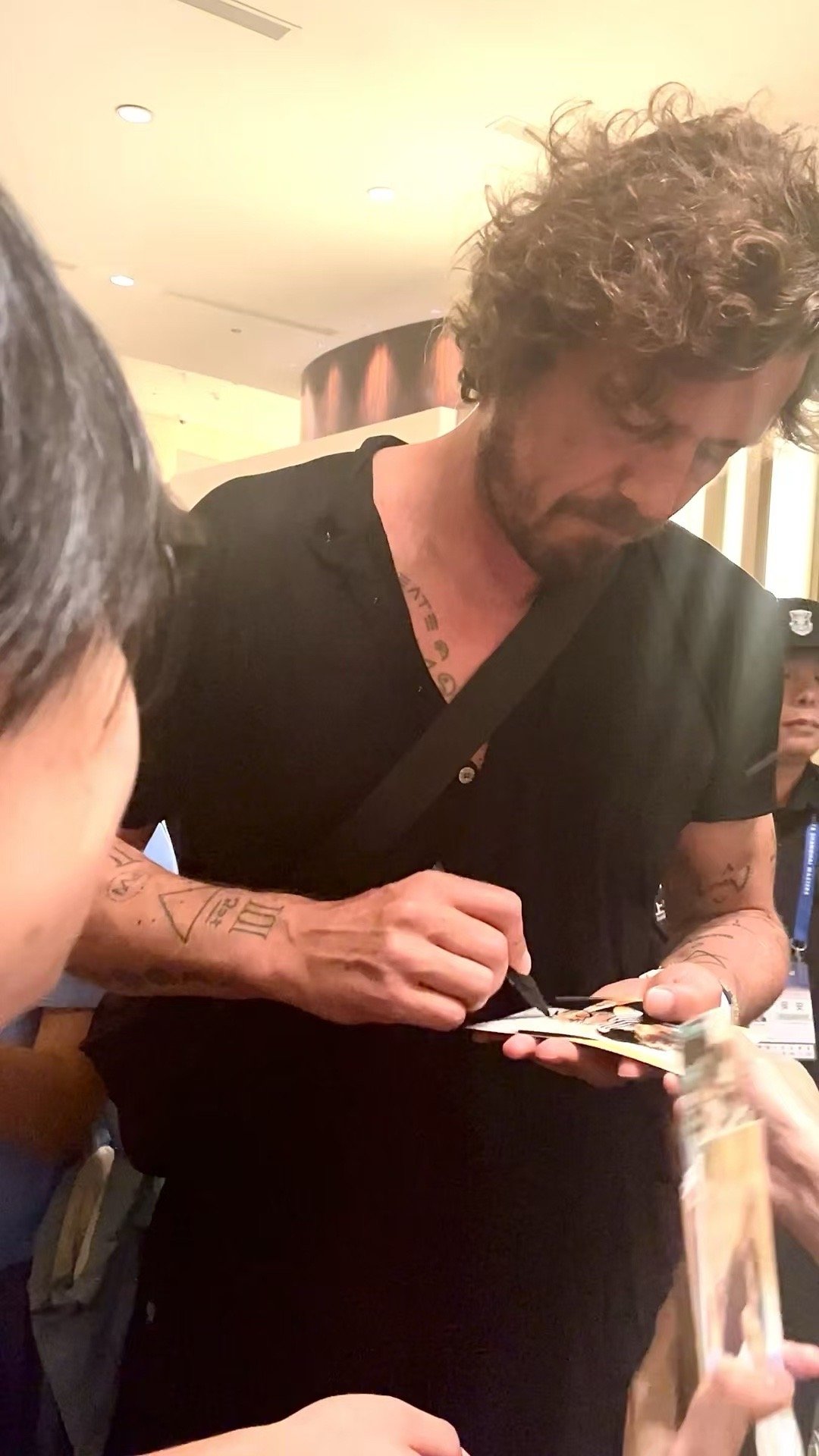
Rublev clearly knows he stands at a crossroads in his career. Ahead lies an unknown complete transformation; behind, a slow but certain decline. His choice will determine whether the rest of his tennis career ends quietly or sees an unexpected revival.
The courage to reform entirely is worthy of respect itself. In professional tennis, many players choose to settle into the status quo and fade away slowly. Rublev is willing to face his difficulties head-on and consider starting over. This clarity and bravery may be the first sign of breaking through the ceiling.

There are two kinds of acceptance: one is helpless surrender, the other is a fresh start after recognizing reality. Rublev clearly chooses the latter. When he calmly says "Give me one more chance for the rest of my tennis career," what we hear is not defeat but a warrior redeploying after surveying the battlefield.
The outcome of this gamble is still unknown. But one thing is certain: tennis needs stories like this—not only the meteoric rise of young prodigies but also the brave reinvention of warriors in mid-career. Rublev’s ultimate gamble has begun, and his first step might be the wisest move of his career: admitting the ceiling exists and then deciding to break it himself.(Source: Tennis Home, Author: Mei)







 Links
Links
 Contact
Contact
 App
App


